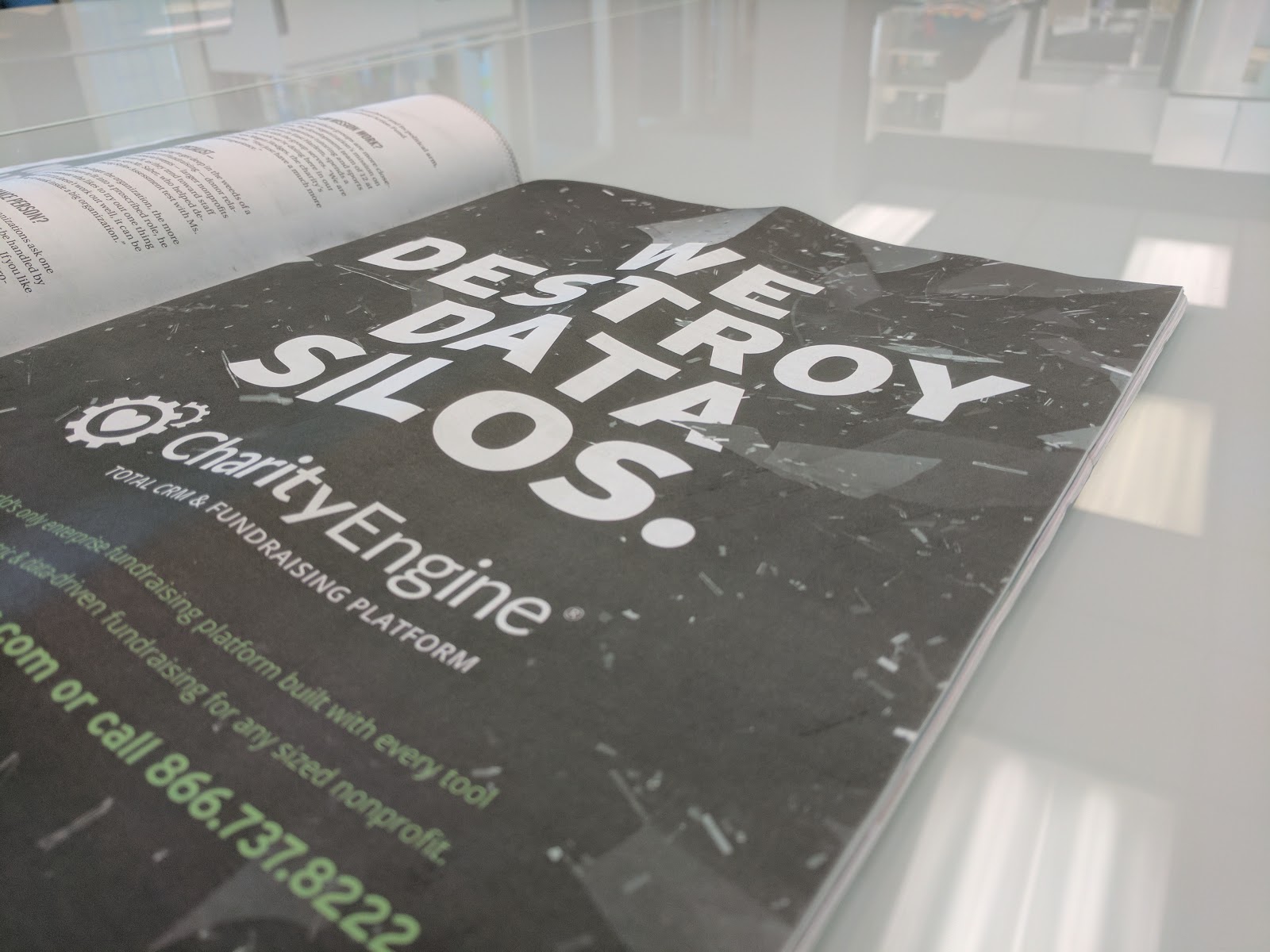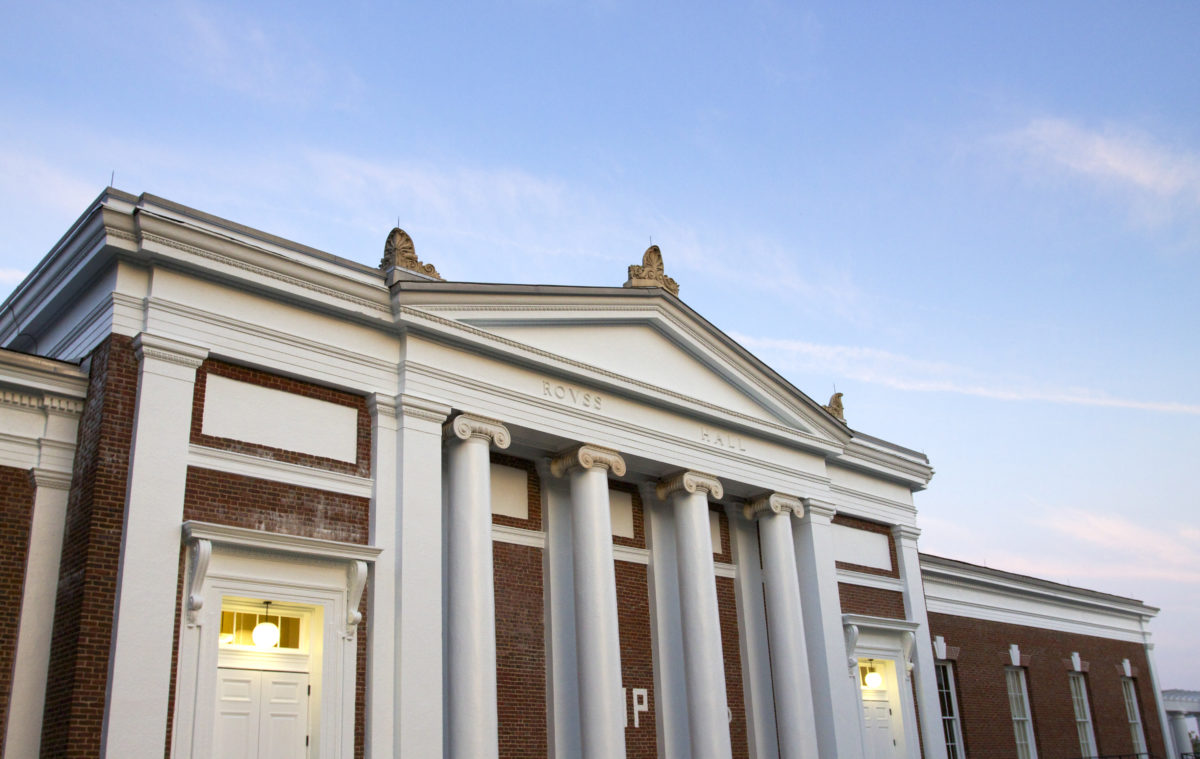For regular readers of the Fundraising Report Card® blog you may find this post to be a bit of a departure from our normal data-driven fundraising content. Have no fear, we’ll be back to data analysis next week! In the meantime, please enjoy this week’s post.
The University of Virginia office of advancement is in hot water right now. Not because an appeal letter went out to donors with the wrong salutation. Or because the endowment is shrinking.
No, no, UVA’s office of advancement has actually done everything right, and that’s exactly where they went wrong.
An article from the Washington Post titled, “At U-Va., a ‘watch list’ flags VIP applicants for special handling” was published this past weekend, and a furor ensued.
As if it wasn’t already known, advancement offices within large nonprofit organizations (in particular, well-funded higher education institutions) track donor prospects with major gift capacity. The fact that UVA effectively stored, organized and shared this information across departments made for breaking news. Yes, the case presented in the Post article is compelling and alarming, but is it all bad?
I had two key takeaways from this piece:
- Data silos are slowly but surely being broken down.
- There is a perception problem in the general public when it comes to major and planned gift fundraising.
A non-development professional most likely had this takeaway:

Let’s address the disconnect.
Breaking down data silos
What is the greatest struggle you have at your nonprofit? It’s likely that accessing and sharing data is near the top of your list. We live in a world where full page ads in the Chronicle of Philanthropy read, “WE DESTROY DATA SILOS.”

Most nonprofit organizations lack proper infrastructure to effectively store data. The organizations that do have the resources tend to have staff that don’t entirely buy into using them. Storing, organizing and sharing data is a serious issue within our industry.
This is part of what makes the most “damning” component of T. Rees Shapiro’s reporting ironic. Shapiro focuses primarily on the fact that the advancement office and admissions office at UVA effectively shared information with one another. Yes, on the surface this seems inherently bad. Admissions should not (and as it is repeatedly mentioned throughout the article, does not) allow for information from the advancement office to influence admissions decisions.
Admissions decide whether an applicant is denied, waitlisted or accepted.
Advancement researches every applicant’s family and screens for those who are affluent.
Those two events are not mutually exclusive. Both departments do their jobs, yet as Shapiro writes, this is the root of much dismay:
The documents suggest that the advancement office had broad knowledge about the status of applications on the watch list and contacts between the applicants and the school. Records show dozens of interactions between applicants and top members of the administration, including numerous instances involving academic deans and even Sullivan [University President].
Overall, the documents show significant efforts the administration made to charm the applicants.
“Has met personally with President Sullivan,” one notation said about an applicant. “Wayne Smith hosted [name redacted] and his father on a visit to grounds,” the note continued, referring to the university’s athletic capital campaign director.
“Major supporter of the university,” a note indicated next to another applicant’s name. “Family has deep connections,” said another.
If you’re in development, it’s difficult to read this passage and not smile. The University of Virginia has broken down their data silos. They’re effectively sharing information between departments — this is a win! Nonprofit organizations have struggled for years with a lack of communication between departments. It seems like UVA has done an admirable job relinquishing that behavior and providing systems that multiple offices have access to.
In the private sector, this would not only be applauded, but expected. Sharing information between departments would never be shunned.
Yet, you can only create this “positive spin” for UVA if you buy into the fact that advancement and admissions did not influence one another. There is, unfortunately compelling evidence to the contrary though.
It’s obvious that both the staff in advancement and the staff in admissions engaged in the fundamental concepts of “data-sharing.” They took diligent notes, correctly organized and stored them in their database, and tapped into that information when necessary.
Although in this case the way the information was used involved unethical practices, perhaps it is important to recognize that the data management itself, in actuality, is a great example of data-driven culture.
“Has met personally with President Sullivan.” Do you know how many nonprofit organizations long for their gift officers to actually use their donor management system to take notes like this? If nothing else, UVA’s advancement officers deserve positive recognition for their detailed notes and acknowledgment of major gift capacity. Storing, organizing and sharing this information will ultimately increase their fundraising performance, and at its core, that is exactly what the advancement office is supposed to do.
Yes, UVA’s open data-sharing policy may have very well exploited less affluent applicants. Yes, that misgiving is one that deserves more attention and investigation. But no, it is not all negative.
It’s an unfortunate truth, but most people don’t know how fundraising works (especially major and planned giving). UVA’s data sharing policy reared its ugly head in this instance, that’s without a doubt. But that does not take away from the fact that other nonprofits should strive to leverage and utilize their databases as much as UVA did.
Perception problem
Even though more than 10 percent of the US workforce is employed at a nonprofit, most aren’t aware of the habits, tactics and strategies used to identify, cultivate, and steward major and legacy gift givers.
Can you imagine what the Washington Post headline would be if the reporter had realized that in addition to keeping a “watch list,” the University also (most likely) pays for wealth screening data, employs a whole team of prospect researchers, and tracks the financial transactions of their most wealthy alums? The alarm bells would be sounding, but for all the wrong reasons.
10 percent of Americans work at a nonprofit. I’d wager that less than .01 percent know what is going on behind the scenes in fundraising. This article from the Washington Post is a great example of that. Gift officers need to collect and store information on prospects to develop and enable meaningful relationships between donors and the organization. This behavior helps bridge the gap between the affluent who want to make a difference and aren’t sure how, and the gift officers, whose job it is to make that a reality.
The University of Virginia office of advancement did everything right, and that’s exactly where they went wrong . They stored data. They organized data. They shared data. Those are all practices we encourage more organizations to adopt.
This ultimately speaks to the perception problem fundraising (primarily major and planned giving) faces.
Nonprofits are supposed to be innocent, do-gooders. They’re supposed to be “all about the programs.” Every dollar I donate has to go to the cause.
So when an article like this gets published it causes concern. Questions like, “Why is UVA tracking wealthy people?” and “Do they only admit the most affluent applicants?” come to mind. Instead of applauding the data-sharing culture UVA has managed to create, we are stuck wondering if the organization is holding back non-affluent students. It’s a tough pill to swallow, and UVA’s own admissions data doesn’t tell a compelling story in its defense, but the principles of data management at play here are inherently good – it’s just a shame the information may very well have been mishandled.
Yes, there is a fine line between data-sharing and letting that information influence decision making, but fundraising is the financial engine that powers nonprofit organizations. We should applaud the nonprofits that adopt for-profit behaviors — the organizations that invest time, money and resources into optimizing their fundraising efforts. Those are the one’s that will grow and further their mission, which is exactly what we want.
If there is one positive take-away from this situation, it’s that UVA did just that. They built a culture of organizing, storing and sharing data to enhance their efforts in raising funds. Their goal never changed, it has always been to further their mission, and that’s the other part of this story worth telling.





Zach, I am on your side on this controversy. Thanks.
You make excellent points about the importance of good data input, export and sharing. Particularly if one wishes to succeed with major gift fundraising. Whether or not wealthy people should have advantages is a completely different story. 😉